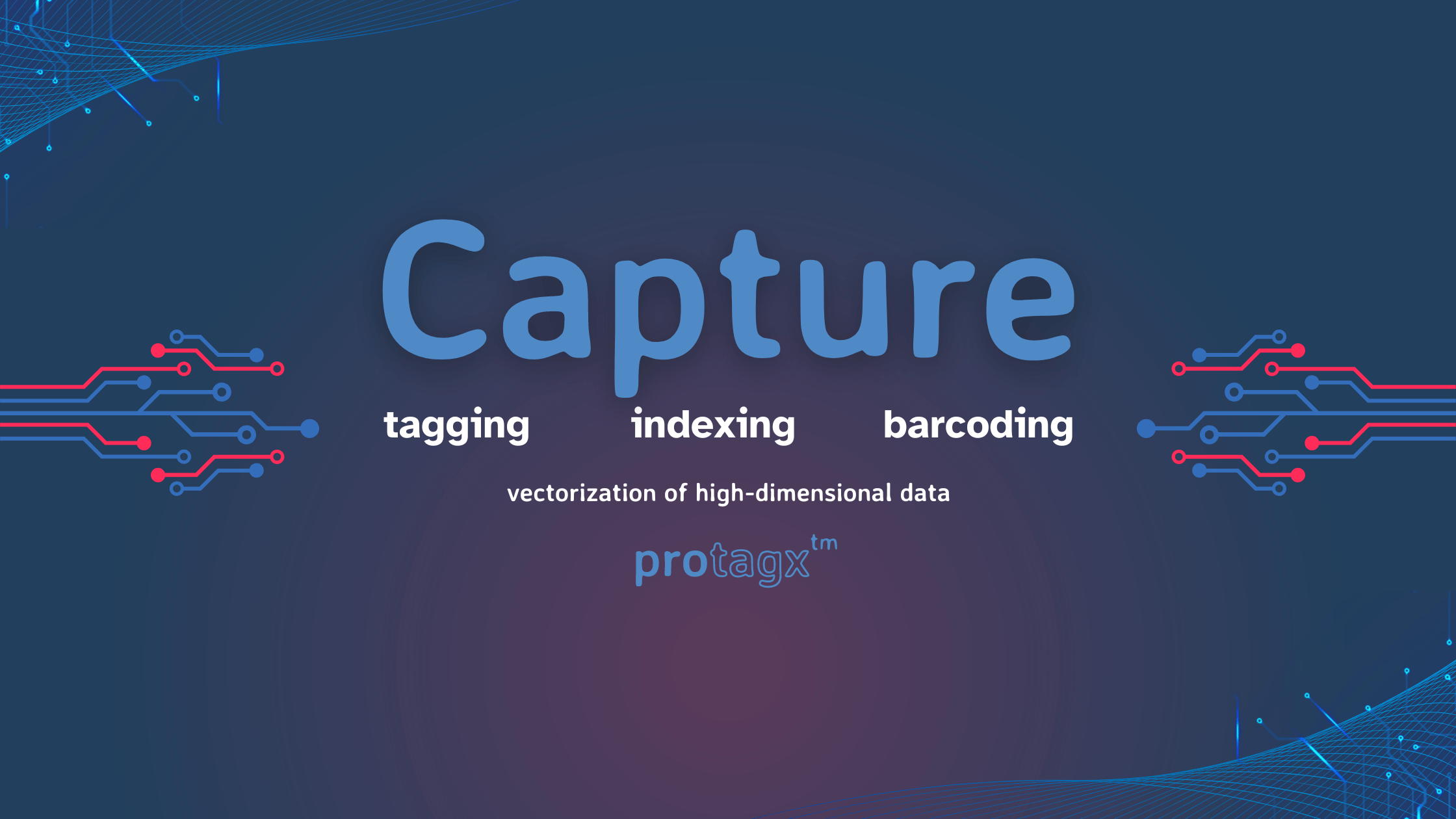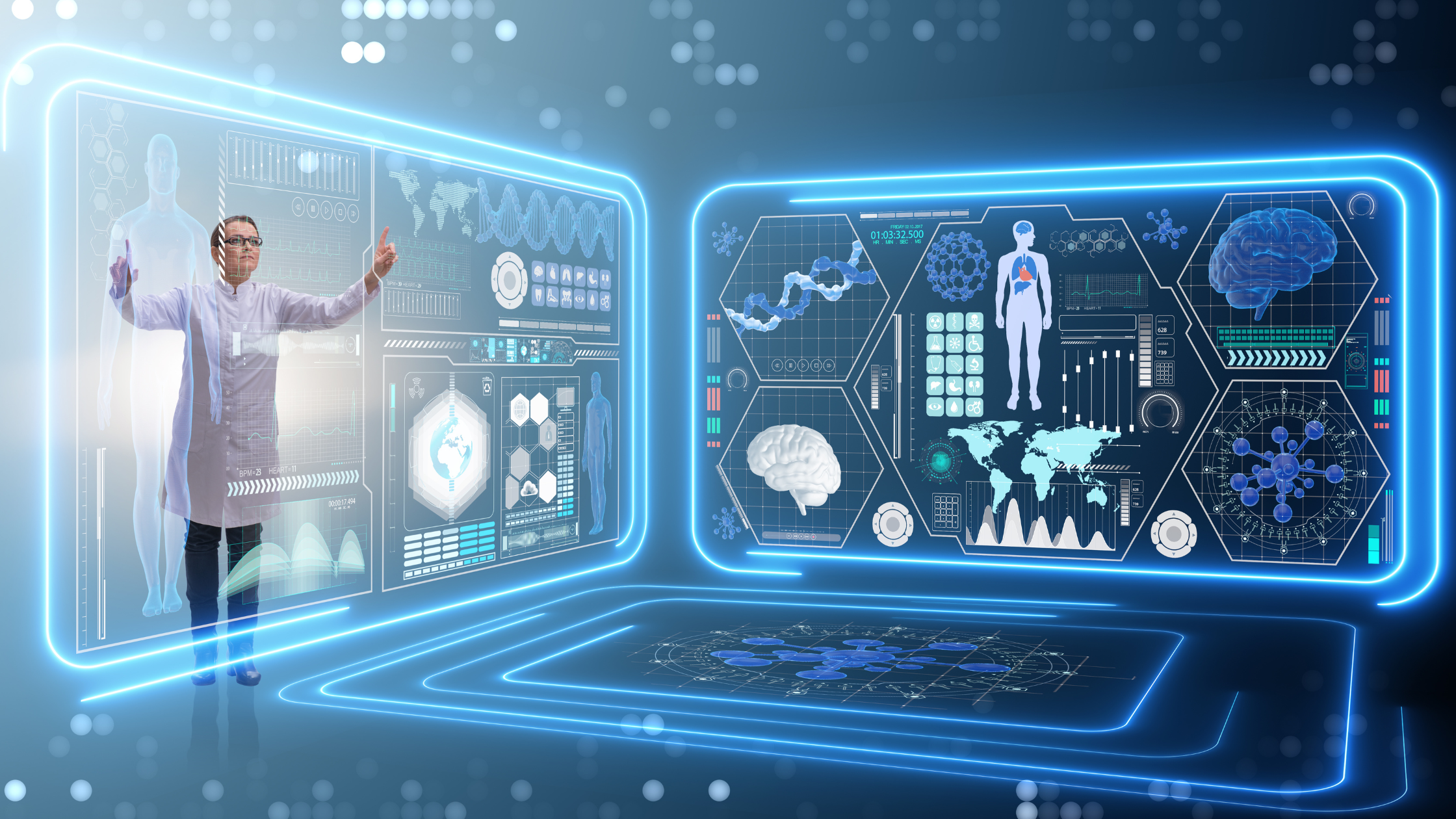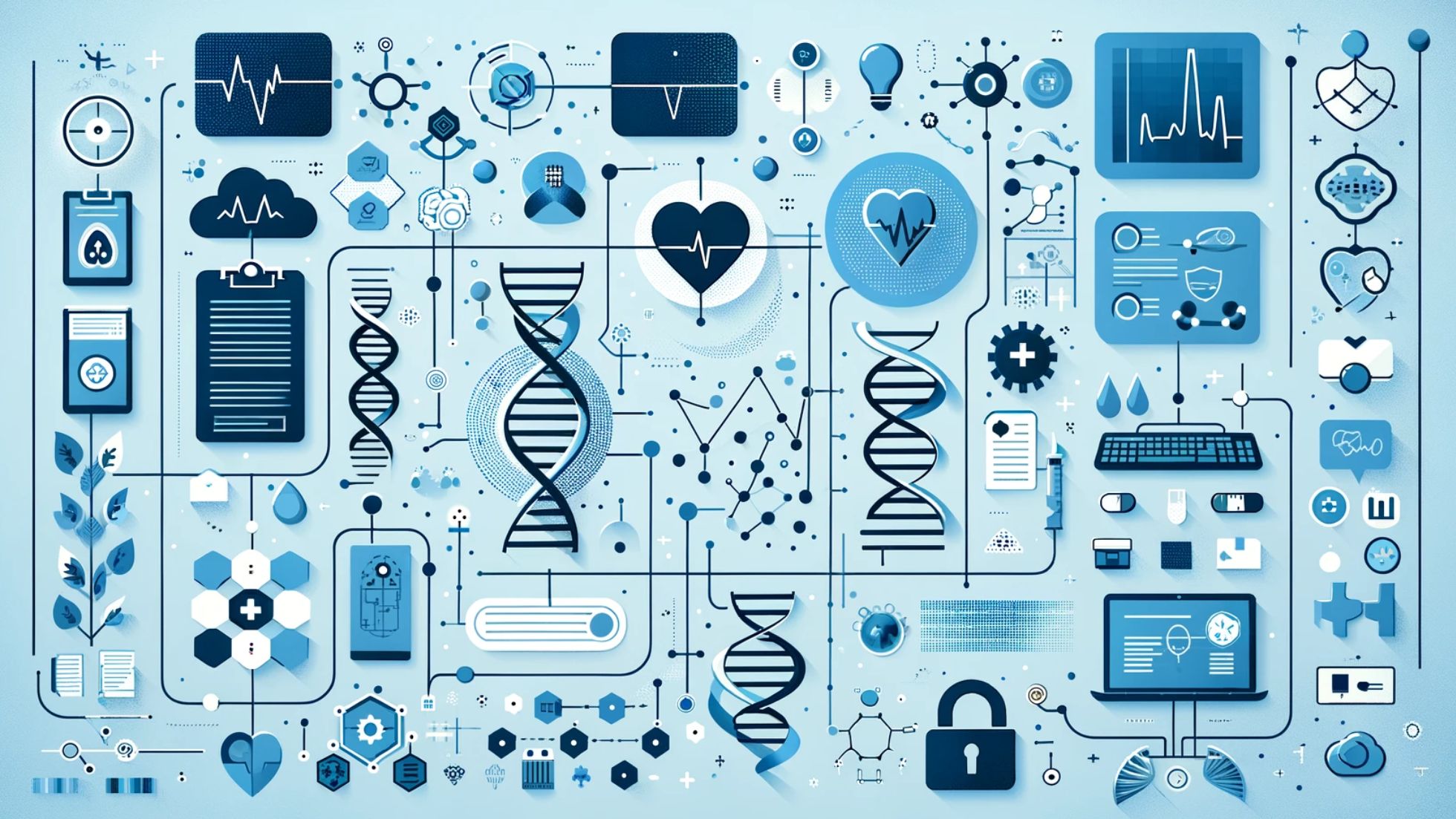The European Health Data Space (EHDS) is a groundbreaking initiative in the healthcare and life sciences sectors, focusing on translating complex data into actionable insights. Spearheaded by the European Union (EU), EHDS aims to establish a unified framework for sharing, accessing, and analyzing health data across member states. Delving into the implications of EHDS reveals its significant impact on inference technology, particularly in converting intricate data into valuable insights. This article delves into how EHDS will transform the field of life sciences and beyond, ushering in a new era of data utilization, privacy, and patient care.
The Foundation of EHDS
Background and Objectives
The EHDS aims to address the fragmentation of health data across Europe. By establishing a standardized legal and technological framework, the EHDS intends to facilitate seamless data sharing while ensuring high levels of data protection and privacy. This initiative is grounded in the EU's broader strategy to promote digital innovation in healthcare, improve patient outcomes, and foster research and development.
Key Components of EHDS
-
Legal Framework: Ensures data privacy and security in compliance with the General Data Protection Regulation (GDPR).
-
Technological Infrastructure: Supports interoperability and standardization of health data.
-
Access and Control: Empowers patients with control over their data, enabling them to share it for research and healthcare purposes.
Implications for Inference Technology
Inference technology, which involves the use of algorithms and AI to derive meaningful insights from data, stands to gain immensely from the EHDS. Here are the core implications:
1. Enhanced Data Quality and Quantity
One of the primary challenges in inference technology is the quality and quantity of data. EHDS aims to create a vast, interoperable health data ecosystem that will significantly enhance both these aspects.
-
Data Standardization: With standardized data formats and structures, the variability in data is reduced, leading to more accurate inferences.
-
Data Volume: EHDS facilitates the aggregation of data from multiple sources, creating larger datasets that improve the reliability and generalizability of AI models.
2. Improved Interoperability
Interoperability is crucial for integrating diverse data sources, such as electronic health records (EHRs), genomic data, and patient-reported outcomes. EHDS's technological framework ensures that data from different systems can be easily combined and analyzed.
-
Cross-Border Data Exchange: EHDS enables seamless data sharing across EU member states, breaking down silos and enhancing collaborative research.
-
Unified Data Standards: Adoption of common standards like HL7 FHIR (Fast Healthcare Interoperability Resources) ensures that data can be easily interpreted and utilized by different systems.
3. Accelerated Research and Innovation
The availability of high-quality, standardized data accelerates research and innovation in life sciences.
-
AI and Machine Learning: Researchers can develop and train more sophisticated AI models that can predict disease outcomes, identify potential therapeutic targets, and personalize treatments.
-
Drug Development: Pharmaceutical companies can leverage the vast datasets to identify new drug candidates and optimize clinical trials.
4. Enhanced Patient Outcomes
By translating complex data into actionable insights, EHDS can significantly improve patient care.
-
Personalized Medicine: Inference technology can analyze a patient’s genetic makeup, lifestyle, and health data to recommend personalized treatment plans.
-
Predictive Analytics: AI can predict disease outbreaks, patient readmissions, and other critical health events, allowing for proactive interventions.
5. Ethical and Regulatory Considerations
EHDS’s stringent legal framework ensures that data use adheres to high ethical and regulatory standards.
-
Data Privacy: Compliance with GDPR ensures that patient data is protected and used ethically.
-
Transparency and Consent: Patients have control over their data, including the ability to consent to its use in research, enhancing trust in the system.
Case Studies and Applications
Case Study 1: Personalized Cancer Treatment
Cancer treatment is one of the areas that stands to benefit immensely from EHDS. By integrating genomic data with patient health records, AI models can identify the most effective treatment options for individual patients.
-
Genomic Analysis: EHDS enables the sharing of genomic data across borders, facilitating large-scale studies that can identify genetic markers associated with cancer.
-
Treatment Optimization: Inference technology can analyze the effectiveness of various treatments across different patient profiles, helping oncologists personalize treatment plans.
Case Study 2: Rare Disease Research
Rare diseases often suffer from a lack of sufficient data for research. EHDS can aggregate data from multiple sources, providing the volume needed for meaningful analysis.
-
Data Aggregation: By pooling data from across the EU, researchers can identify patterns and potential treatments for rare diseases that would be difficult to detect in smaller datasets.
-
Collaborative Research: EHDS facilitates international collaboration, allowing researchers to share insights and findings, accelerating the discovery of new therapies.
Case Study 3: Public Health and Epidemiology
EHDS can play a critical role in public health by providing real-time data for monitoring and responding to health crises.
-
Disease Surveillance: AI models can analyze data from various sources to detect and predict disease outbreaks, enabling timely public health interventions.
-
Resource Allocation: Inference technology can help allocate healthcare resources more effectively by predicting areas of high demand during health crises.
Challenges and Considerations
While the benefits of EHDS are substantial, there are several challenges and considerations to address:
1. Data Security
Ensuring the security of vast amounts of health data is paramount. EHDS must implement robust security measures to protect against breaches and unauthorized access.
-
Encryption and Access Controls: Use of advanced encryption methods and strict access controls to safeguard data.
-
Continuous Monitoring: Implementing continuous monitoring systems to detect and respond to potential security threats.
2. Data Quality and Integrity
Maintaining high data quality and integrity across diverse sources is challenging but essential for accurate inferences.
-
Data Cleaning and Standardization: Automated tools for data cleaning and standardization to ensure consistency.
-
Validation and Verification: Rigorous processes for validating and verifying data to maintain its integrity.
3. Ethical Considerations
Ethical considerations are critical, particularly in the use of AI and patient data.
-
Bias and Fairness: Ensuring AI models are free from bias and provide fair outcomes across different population groups.
-
Informed Consent: Ensuring patients are fully informed about how their data will be used and obtaining their explicit consent.
4. Technological Integration
Integrating EHDS with existing systems and technologies will require significant effort.
-
Legacy Systems: Developing strategies for integrating data from legacy systems that may not be easily compatible with new standards.
-
Interoperability Solutions: Investing in interoperability solutions to ensure seamless data exchange.
Future Directions
The future of EHDS and its impact on inference technology is bright, with several promising directions:
1. Advanced AI Applications
As EHDS matures, we can expect to see more advanced AI applications in healthcare.
-
Deep Learning: Utilizing deep learning models to uncover complex patterns in health data.
-
Natural Language Processing: Applying NLP to analyze unstructured data from medical records and research papers.
2. Real-Time Data Analysis
Real-time data analysis will become more feasible, providing immediate insights for clinical decision-making.
-
Wearable Devices: Integrating data from wearable devices for real-time health monitoring and intervention.
-
Telemedicine: Enhancing telemedicine with real-time data analytics to improve remote patient care.
3. Global Collaboration
EHDS can serve as a model for global data sharing initiatives, fostering international collaboration in health research.
-
Global Health Data Networks: Establishing networks that connect health data from different regions of the world.
-
Collaborative Research Platforms: Creating platforms that enable researchers worldwide to collaborate and share data.
4. Personalized Preventive Care
Inference technology powered by EHDS can shift the focus from treatment to prevention.
-
Risk Prediction: Using AI to predict individuals at high risk of diseases and implementing preventive measures.
-
Health Coaching: Providing personalized health coaching based on continuous data monitoring and analysis.
Conclusion
The European Health Data Space (EHDS) is poised to revolutionize the way complex health data is translated into actionable insights. By providing a unified framework for data sharing and analysis, EHDS enhances the capabilities of inference technology, driving innovations in personalized medicine, public health, and beyond. As we navigate the challenges and leverage the opportunities presented by EHDS, the potential to transform healthcare and improve patient outcomes is immense. Through collaborative efforts, stringent data protection measures, and continuous technological advancements, EHDS will unlock new frontiers in the life sciences and set a benchmark for global health data initiatives.




